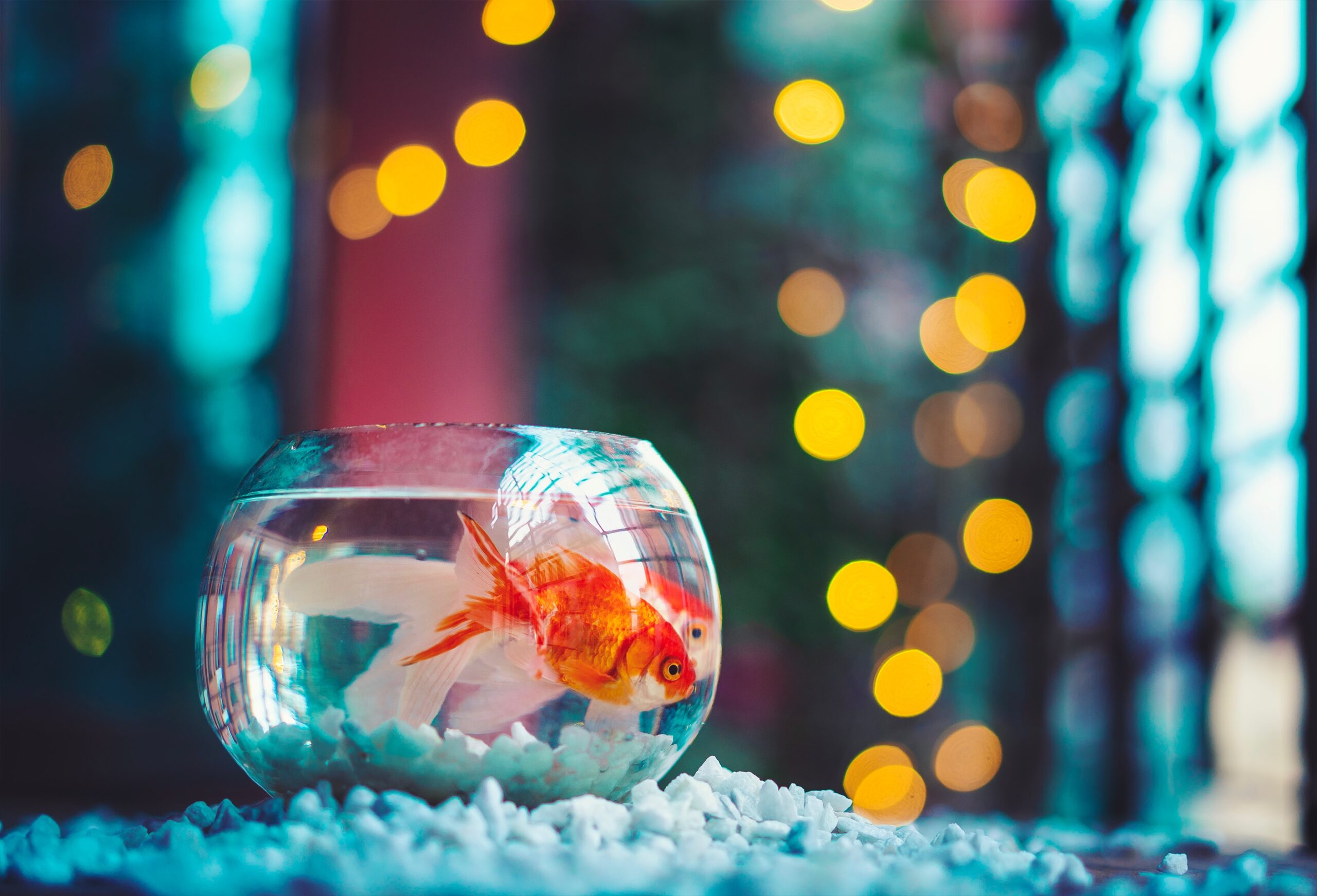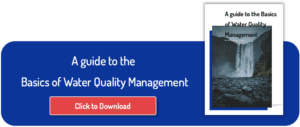
Running a successful fish farm requires careful management of various environmental factors to ensure the well-being and optimal growth of the fish.
Why is a good environment important for the fish (and the farm)?
A good environment contributes to efficient production, disease prevention, and the overall sustainability of the aquaculture operation.
So why is the right environment so important?
A good environment is like a cosy home for our aquatic friends. Things like maintaining optimal water quality, suitable temperature, and proper oxygen levels ensures that the fish are stress-free and healthy. Fish, just like any living beings, thrive in conditions that mimic their natural habitat, and they need the right conditions to grow and develop. In a well-maintained RAS facility, the fish are provided with a balanced diet, suitable water parameters, and ample space to grow. This results in faster growth and healthier fish, contributing to the overall success of the farm.
Additionally, a good environment acts as a shield against diseases. Clean water, regular health checks, and proper sanitation practices create an environment that minimizes the risk of diseases. Healthy fish mean a thriving farm, and prevention is always better than cure.
A healthy and well-maintained environment also contributes to the economic success of the farm. When fish are happy and thriving, they grow faster, require less feed, and result in a higher-quality harvest. This efficiency is not only good for the fish but also for the farm’s bottom line.
What does a good environment consist of?
As mentioned, fish thrive in environments that provide the right conditions for growth and development. A well-maintained environment ensures that fish receive adequate nutrition, suitable water quality, and optimal temperature. Additionally, regular monitoring, proper biosecurity measures, and effective waste management reduce the risk of pathogens, parasites, and infections.
One of the issues in fish farming is stress. There are many different causes, including temperature fluctuations, pH-variations, O2 Fluctuations, high ammonia, nitrite levels and Total gas pressure changes. Stress can weaken the immune system and make fish more susceptible to diseases. Stressed fish may also exhibit abnormal behaviours including reduced feeding, increased aggression, and other signs of discomfort. Prolonged stress can have detrimental effects on the well-being and growth of fish, while minimizing stress contributes to better overall health and improved resistance to environmental challenges.
Fish raised in a favourable environment tend to have better feed conversion rates. When water quality, temperature, and other conditions are optimal, fish can efficiently convert feed into biomass, leading to improved production efficiency. Overcrowded or suboptimal conditions can lead to aggressive behaviour, cannibalism, or other undesirable behaviours among fish. Providing a suitable environment helps prevent such issues, ensuring a more harmonious and stable population.
Fish, like all animals, require oxygen for respiration. A good environment therefore requires adequate oxygen levels in the water, so the fish can extract oxygen from their surroundings and release carbon dioxide. In RAS facilities, fish are often stocked at higher densities than in natural environments. Higher stocking densities result in increased metabolic activity, and therefore there is a higher demand for oxygen. Insufficient oxygen can lead to respiratory distress, reduced growth, and even in worst cases, mortality.
In a well-maintained RAS facility, the fish should be provided with a balanced diet, suitable water parameters, and ample space to grow. Providing a balanced and appropriate diet for the fish is very important, as this results in faster and healthier fish, contributing to the overall success of the farm. It is also important to avoid overfeeding, as uneaten food can contribute to water quality issues. Control and monitor feed quality as water stability, dust, and broken pellets since they might affect your water quality.
Both ammonia and nitrite can compromise the overall health of fish. Ammonia is a by-product of fish metabolism and the breakdown of uneaten feed, while nitrite is an intermediate compound in the nitrification process. Prolonged exposure to elevated levels of these compounds can weaken the immune system, making fish more susceptible to diseases and infection, ultimately hindering the growth and development of fish. These compounds interfere with the normal physiological processes, including enzyme function, protein synthesis, and osmoregulation, which are essential for proper growth. Maintaining low levels of ammonia and nitrite is crucial in RAS to ensure the health, well-being, and productivity of the fish population.
How can we help ensure a good environment?
There are many solutions that will help with different parts of ensuring a good environment for the fish. There are a lot of parameters to keep track of, and they should be continuously monitored in order to ensure that the farm is running as smoothly as possible. Coincidentally, what’s best for the fish is also what’s best for the production.
There are different solutions for measuring these parameters. For instance, installing a improved filtration system will help remove particulates and maintain stable water quality. Another solution can be to implement strict biosecurity measures to prevent the introduction of diseases. This includes quarantine procedures for new fish and proper disinfection protocols.
The use of monitoring and control system is becoming more popular as well. Automated control systems can catch discrepancies we might miss with manual measurements, and they can help regulate different environmental factors. Having alarms from these systems will also alert operators to any deviations from optimal production.
Using a data handling system can help keep track of data and in turn predict unwanted events. It also provides easy access to historical data, which can be helpful to see how the farm is developing and be used for making improvements.
Another important part of fish farming is being prepared for emergencies. This includes having personnel that are well-trained in the systems, maintenance procedures, and proper response to possible issues, meaning having contingency plans in order. A contingency plan should include plans for power outages, equipment failure, and other possible emergencies.
In conclusion
Ultimately, a good environment in a RAS facility means happy fish and happy farmers. A thriving, well-cared-for fish population is a testament to the dedication and expertise of the aqua culturists. It’s a win-win situation where both the fish and the farmers benefit from a harmonious and balanced environment.
Regular monitoring, attention to detail, and quick corrective actions are essential for maintaining a healthy environment in a RAS facility. It’s also advisable to consult with experts in aquaculture and RAS design for specific guidance based on the species you are cultivating.

